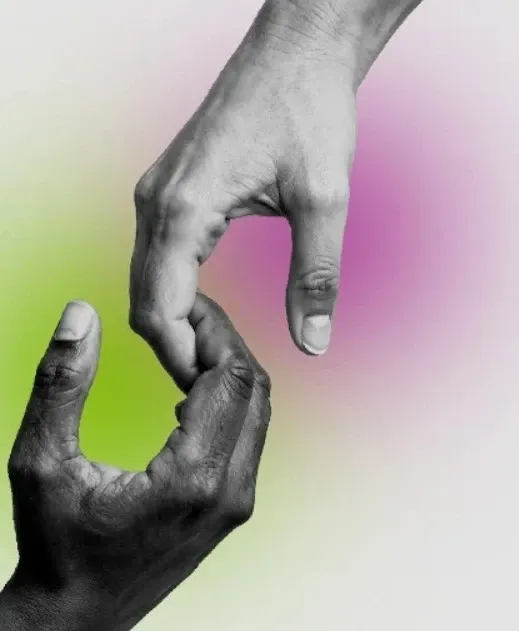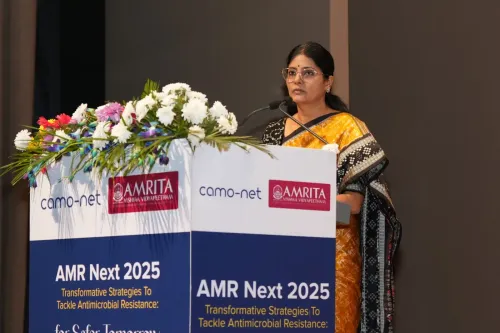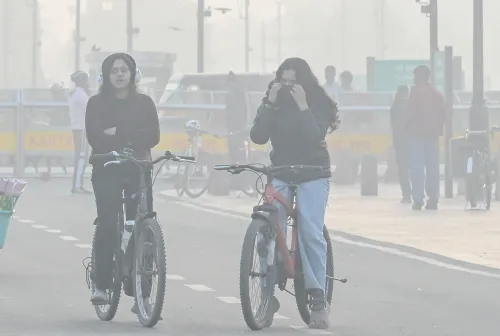Is Loneliness Really Affecting 1 in 6 People Worldwide?

Synopsis
Key Takeaways
- 17% of the global population suffers from loneliness.
- 100 deaths occur every hour due to loneliness-related issues.
- Adolescents and young adults are the most affected age groups.
- Low-income regions report higher levels of loneliness.
- Strong social connections can enhance health and longevity.
New Delhi, July 1 (NationPress) Almost 17 percent, or one in six individuals around the globe, is grappling with loneliness, a condition correlated with approximately 100 deaths every hour. This translates to over 871,000 deaths annually from 2014 to 2023, as revealed in a recent report by the World Health Organization (WHO) on Tuesday.
The findings indicate that while loneliness significantly impacts health and overall well-being, fostering strong social connections can promote better health outcomes and longevity.
The WHO characterizes loneliness as the distressing emotion stemming from a disparity between one's desired and actual social interactions, in contrast to social isolation, which denotes the tangible absence of adequate social ties.
Conversely, social connection pertains to how individuals engage and interact with one another.
The report highlights that the most pronounced rates of loneliness are observed in adolescents and young adults, with 20.9 percent of those aged 13-17 and 17.4 percent among individuals aged 18-29 reporting feelings of loneliness.
Furthermore, the sensation of loneliness is notably prevalent in low-income nations, where nearly one in four individuals (24 percent) express feeling lonely.
The WHO African Region showcases the highest loneliness rates at 24 percent, which is double that of high-income countries, where it stands at around 11 percent.
Loneliness is also significantly reported in the Eastern Mediterranean (21 percent) and South-East Asia (18 percent) regions, whereas the European Region has the lowest incidence at approximately 10 percent.
Dr. Tedros Adhanom Ghebreyesus, WHO Director-General, remarked, “In this era of seemingly endless connectivity, an increasing number of individuals find themselves feeling isolated and lonely.”
“Beyond the individual toll it exacts on people, families, and communities, if not addressed, loneliness and social isolation could result in billions in societal costs related to healthcare, education, and employment,” he warned.
While data concerning social isolation is less comprehensive, it is estimated to impact up to 1 in 3 older adults and 1 in 4 adolescents, according to the report.
The study identifies several primary causes of loneliness, including poor health, low income and education, living alone, inadequate community resources and public policies, and the influence of digital technologies.
It emphasizes the importance of being mindful of excessive screen time and negative online interactions that could adversely affect the mental health and well-being of young individuals.









